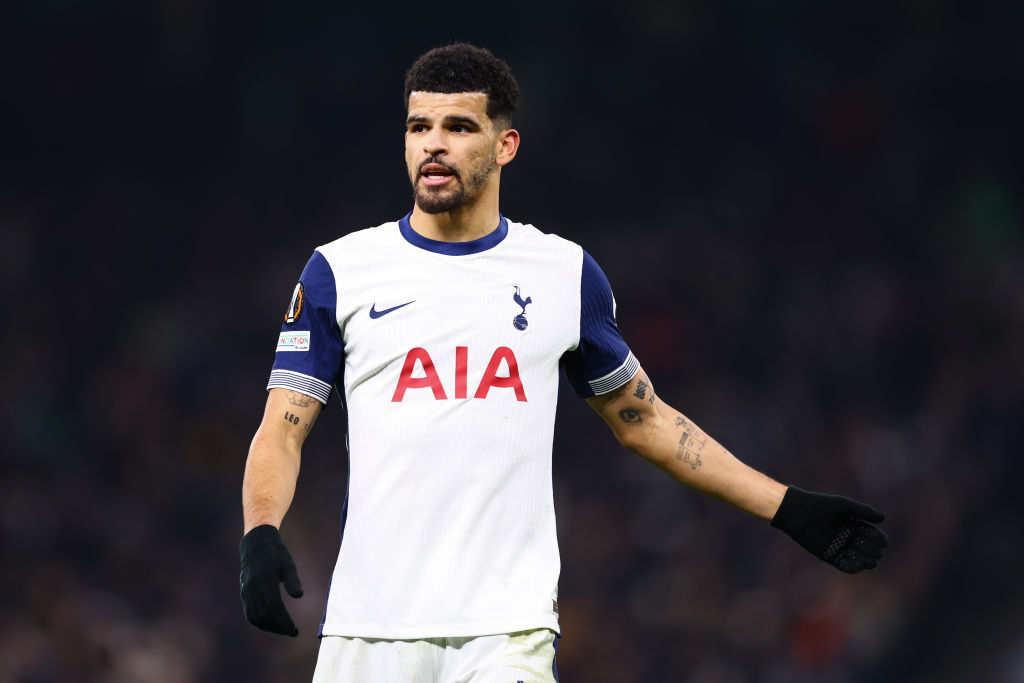Will Brentford's model continue to work at Premier League level?
The Bees have made a splash by developing rough diamonds and selling them on at a profit - but how far can that take you in the Premier League?

The Premier League brings up its half-century in its 30th season. Brentford will become its 50th participant and, arguably, one of the least likely. They were a League Two club as recently as 2009; they spent one of the 60 seasons between 1954 and 2014 in the top two divisions; their last game in the old Division 1 was so long ago it was before Roy Hodgson was born.
A historic club have acquired social mobility in a modern method, moneyballing their way up to the Premier League at a point when cash has felt king. Owner Matthew Benham is the gambler who has beaten the odds, Brentford the club who repeatedly win in the transfer market. In a sport populated by those who think they are cleverer than they actually are, Brentford are advertisements for intelligent planning. They have improved every year, whether in terms of league position, quality of player or bank balance; often in more than one respect.
BRENTFORD FourFourTwo preview and prediction: Can Ivan Toney translate his form to the top flight?
They are already guaranteed their highest league finish since 1939. The immediate aim will be the best since 1938: 17th or higher should qualify as success for a first foray at this level in living memory. One of the underlying questions is if there is a limit to how far their model can take them. They have excelled at finding unheralded and undervalued footballers and then selling them on, sometimes for more than they are worth. The higher up the pyramid Brentford go, the fewer potential purchasers for their players, perhaps. Some of those they signed and polished up would not get into Thomas Frank’s team now.

Brentford have accelerated past some of their alumni. They pocketed profits for Chris Mepham, Ryan Woods, Romaine Sawyers, Jota, Scott Hogan and Moses Odubajo, who are all now in the Championship; in going, they facilitated the Bees’ rise. The exception to the rule may be John Egan; the Irishman’s former club are a division above him now but, unlike the others, he feels good enough to play for them now.
But there is a second group of Brentford old boys, who suggest their scouting and coaching enables them to identify and improve players to such an extent that they can become hugely effective Premier League performers. They include Ollie Watkins, Said Benrahma, Ezri Konsa, Stuart Dallas and James Tarkowski, most of whom developed further again after leaving Griffin Park.
And there are reasons to suggest that, aided by bigger budgets and greater pulling power, Brentford have been able to upgrade even when their trading left them in the black. Three Premier League attacks offer a comparison: perhaps Ivan Toney, the man currently charged with providing the sting for the Bees, will outscore a predecessor, the profligate Neal Maupay, though he will do well to be more prolific than another, in Watkins.
Get FourFourTwo Newsletter
The best features, fun and footballing quizzes, straight to your inbox every week.
There was something familiar in Brentford’s summer business, with one Scandinavian signed, in Kristoffer Ajer, and one signing from a Scandinavian club, in Frank Onyeka, plus the French market, which they have raided to great effect before, for Yoane Wissa. Ajer has the highest profile but such is Brentford’s reputation that the assumption now tends to be that they will have unearthed someone special.
Yet the higher standard of the Premier League makes it harder to find an unknown gem capable of excelling; there are logically fewer players in Denmark or at smaller French clubs who will prosper in the Premier League. Brentford have long taken a medium-term approach of acclimatising players before giving them a pivotal role, often after someone else is sold. Planning has worked on different levels, and at different stages, but they have readied players to slot into Championship sides. It is tougher to source those who come into top-flight teams.
Now they are competing in the same division as altogether wealthier clubs, though probably not competing in the same markets. All of that is admirable: Brentford never seemed likely to come up and spend £30 million and £100,000 a week in salary on a big-name reserve from a top-six club. But this season amounts to a test if a club who could find players capable of operating in the Premier League have got an entire team able to survive. If so, even more will wonder if they can copy Brentford.
Subscribe to FourFourTwo today and save over a third on standard price.
READ MORE
TOP FLIGHT Premier League: Everything you need to know for the 2021/22 season
GET READY FourFourTwo 2021/22 season preview and predictions
Richard Jolly also writes for the National, the Guardian, the Observer, the Straits Times, the Independent, Sporting Life, Football 365 and the Blizzard. He has written for the FourFourTwo website since 2018 and for the magazine in the 1990s and the 2020s, but not in between. He has covered 1500+ games and remembers a disturbing number of the 0-0 draws.

